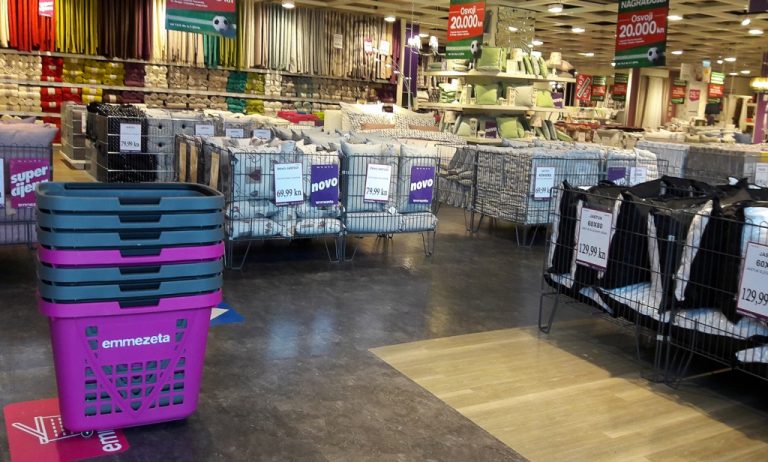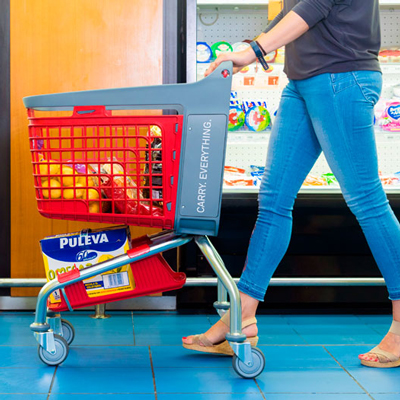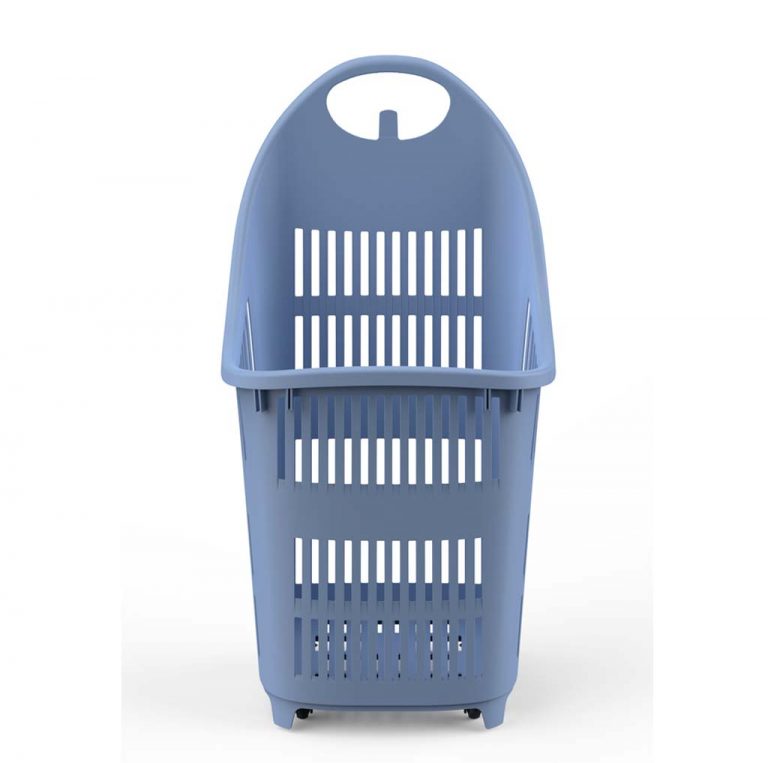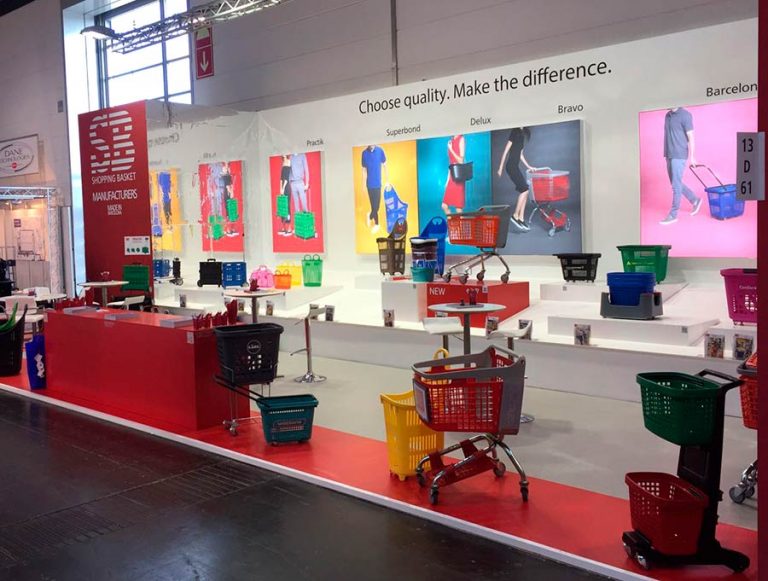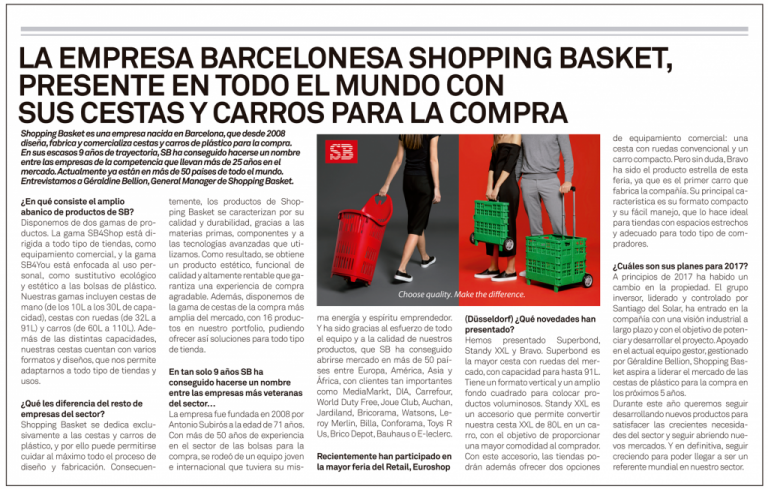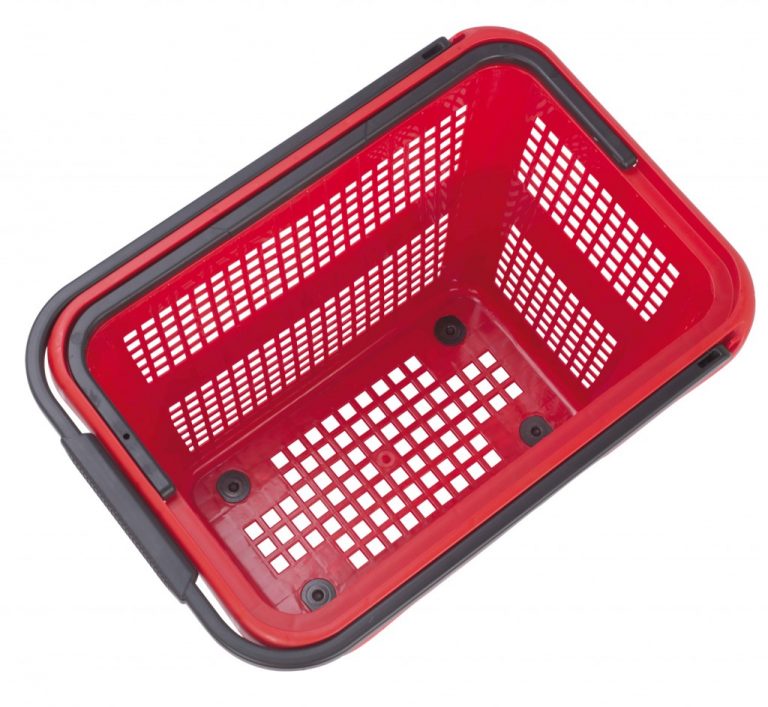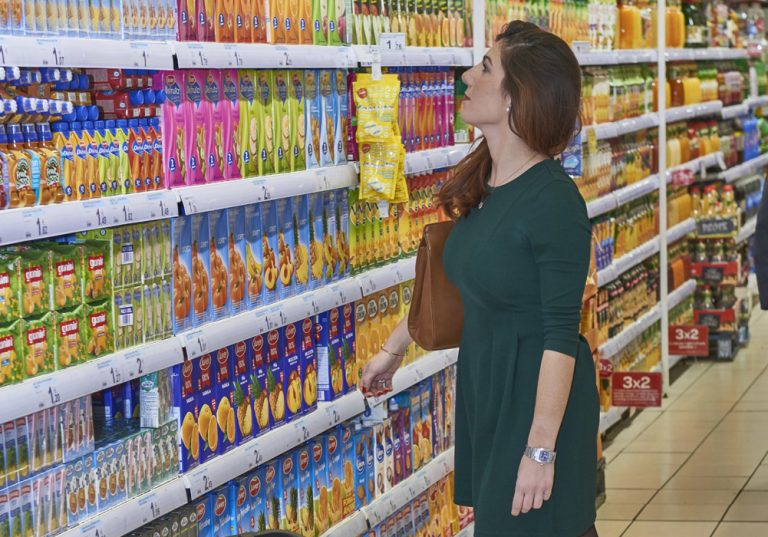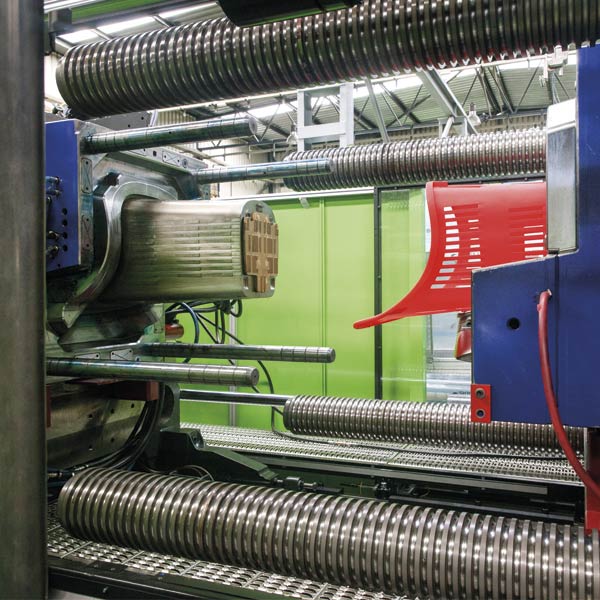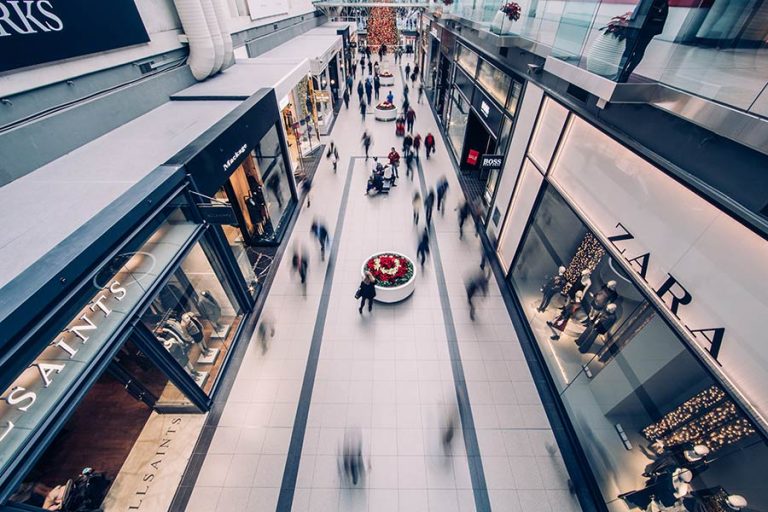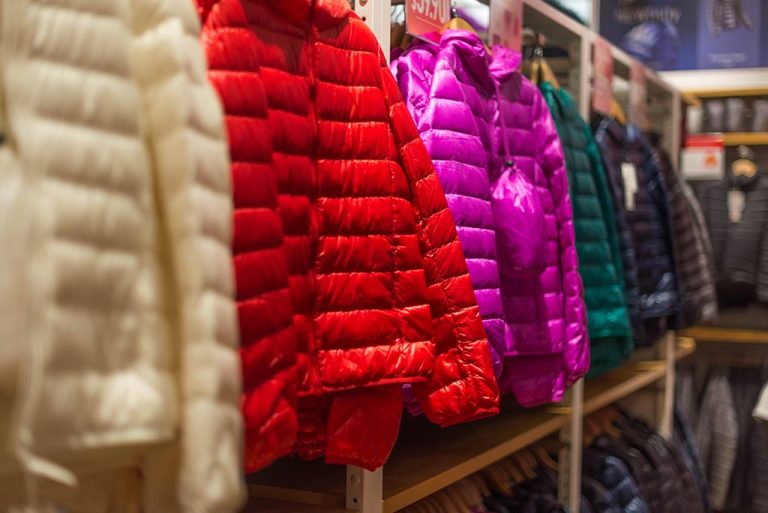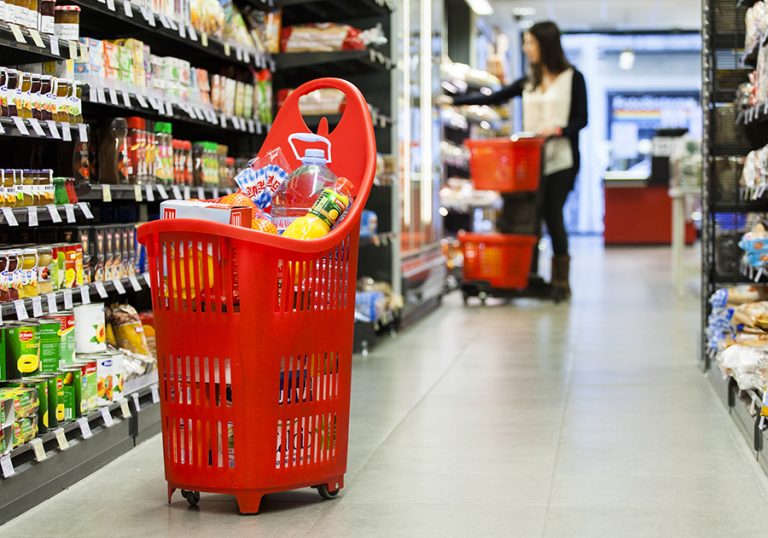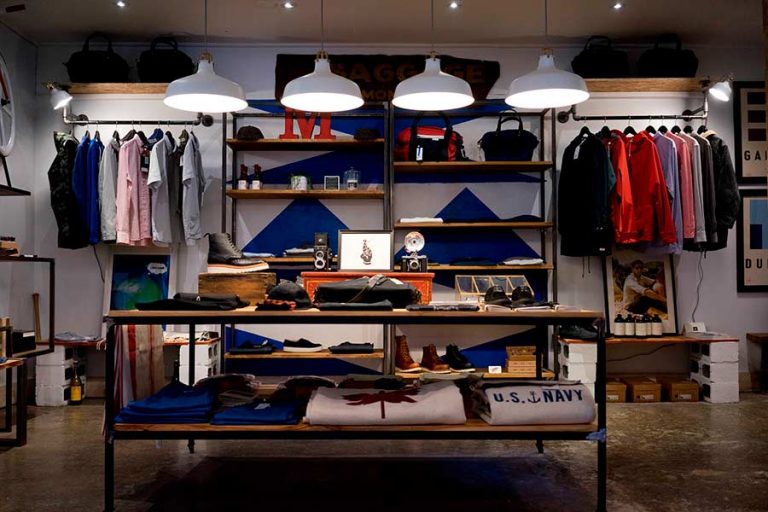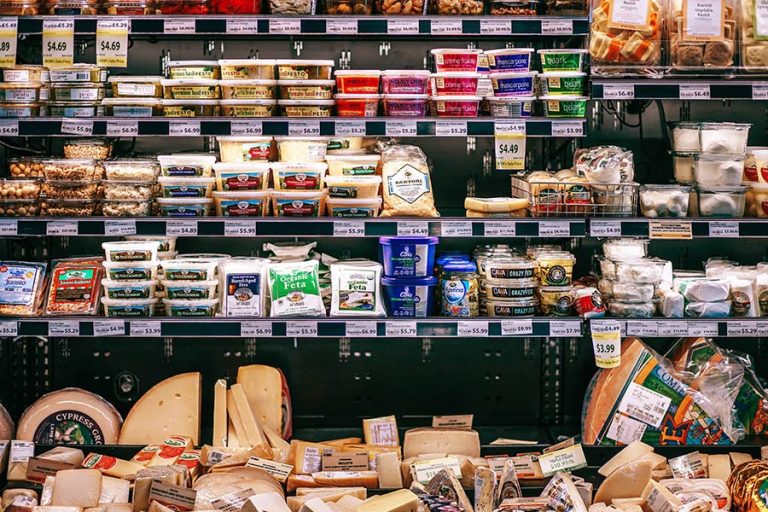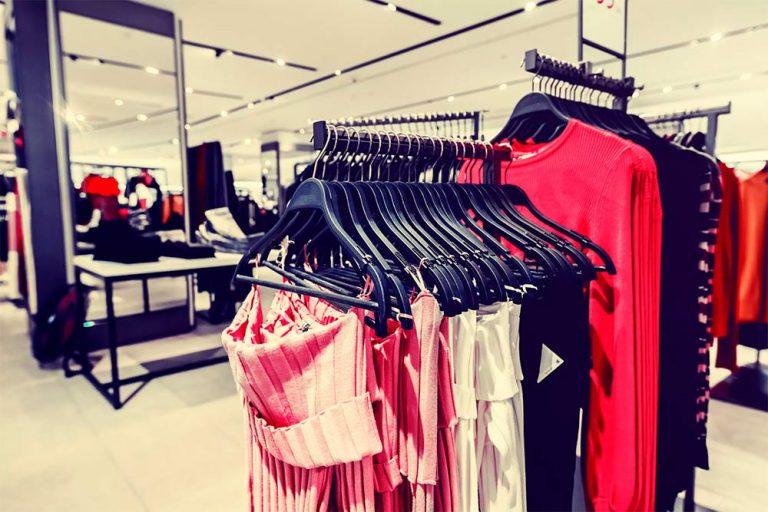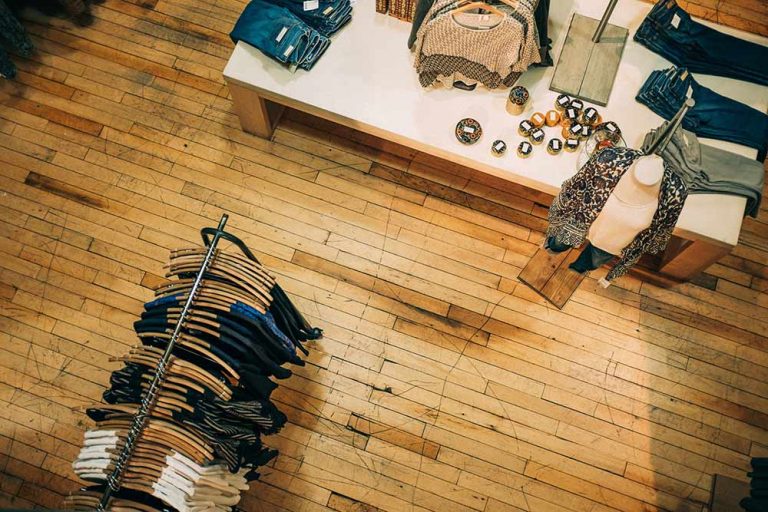Pausing to look at where we’ve been and where we’re going
Retail in its most foundational form — trading for goods and services — dates back to the 7th millennium BCE. Humans used animals such as sheep and cows for trade.
Later, markets sprang up in ancient Greece, and people gathered to swap goods. The industry kept evolving, and the department store emerged at the turn of the twentieth century.
In 1909, Selfridge’s redefined what shopping was. It was no longer a necessary errand; shopping became the main event.
“Excite the mind, and the hand will reach for the pocket.” — Harry Selfridge.
Looking back allows us to look forward.
The future of retail still holds humans at the center, and companies are working tirelessly to make processes better, faster, and more remarkable. The future of retail is multifaceted. AI and omnichannel are already reshaping the industry. Sustainability will play a role, as will the resurgence of the retail store itself.
Let’s take a look into the future.

AI
AI has been a hot topic in 2023. The tech may come across as scary or far too futuristic, but the truth is that it’s already here. Companies have been using AI across the industry.
Walmart has invested heavily in AI.
The company has already deployed it in all of its Sam’s Club warehouses, and customers walk by it daily and don’t even notice it. Each warehouse has a large floor cleaner, which seems normal enough. But that floor cleaner has a secret.
That floor cleaner is doing a lot more than cleaning floors.
The cleaner is an undercover inventory Einstein. It’s equipped with cameras that scan the shelves all day long. The information it’s gathering is critical to the success of the store.
Now, employees can see what items are selling quickly, what items need to be restocked, and what items are sitting in the back room — not selling at all.
Having fully stocked shelves is vital, which can be a huge miss when humans manage it alone. Employees are often pulled in many different directions. A human walking the floor to check what items need restocking will get pulled away by a customer. A floor cleaner will not.
Every day, AI provides Walmart with extreme value. It’s providing a level of efficiency they could not achieve without it.
More companies will adopt this technology, just like they have with Omnichannel.
Omnichannel
Omnichannel is almost synonymous with retail these days. You cannot talk about one without the other. The quest to get a streamlined experience between in-store and online and create a remarkable customer journey is ongoing.
The trick here is not letting the tech get in the way of the customer’s convenience.
Customers will shop online and visit stores, but the company may not need to add delivery, an app, and self-checkouts. Sometimes, the fear of missing out clouds the company’s judgment on what’s actually best for the consumer.
Grocery stores in the United States have had loyalty programs long before any other retailer thought about it. The companies made these programs easy. The customer provided their phone number, and the store gave them a discount for that information every time they shopped.
Simple. Simple. Simple.
Now, companies have added an app. If the customer wants the discount, a phone number will no longer suffice. They must download the app, re-input their information, download coupons, and show them to the cashier to score their discount.
The industry leaders of the loyalty program have lost their way. Getting a discount may not be worth it anymore. Customers may decide their time is more valuable spent doing something else instead of downloading one more app and re-registering.
For omnichannel to work well, it must be invisible to the customer. It needs to go unseen, or customers won’t bother with it.
In 2024, customers will need more than a discount to keep them interested in remaining loyal to companies. They’ll want sustainability, too.
Sustainability
Fast fashion has had its day in the sunshine, but the excitement around cheap, disposable apparel is waning.
Gen Z is looking for more; they are demanding more.
Companies that focus on sustainable, earth-friendly packaging align with younger shoppers’ values. Businesses that donate a percentage of their profits or give to people in need could see profits soar.
Warby Parker, an American eyeglass retailer, began their business as an online-only company in 2010. One of their main selling points is the “buy one, give one” model, where they pay for producing a pair of glasses for someone in need with every pair of glasses purchased.
As of 2023, the company has donated 15 million pairs of eyeglasses.
People want to do good. The companies that help customers feel good about how they spend their money will continue to thrive. Warby Parker began opening brick-and-mortar retail stores in 2013. Ten years later, the company operates 248 stores in the US and 5 in Canada.
Retailers that invest in brick-and-mortar locations with integrity will provide something even more valuable to their customers — the opportunity to fall in love with their brand.

The Rise of the Retail Store
If the last decade has taught us anything, it’s that retail stores are invaluable.
We shop online for convenience; we shop in person to fall in love.
Shopping in-store isn’t just about the purchase; it’s about the experience. It’s touching the fabric, trying different sizes, and getting advice from the salespeople.
Shopping is an event.
People can gather, have an experience together, and then have a meal. Gen. Z has already proved to be a powerhouse generation, and they’re heading to physical stores.
“Gen Z shoppers are standing out for their preference for physical stores rather than relying solely on the convenience of online shopping.” — Forbes
In 2024, we’ll continue to see the rise of the retail store. Socializing and community are essentials of being human. With more people working from home, social gathering places will be necessary to connect with others.
Retail is People
Mr. Selfridge could’ve never imagined the technical advancements and opportunities that stretch out before us today in retail. However, the heart of the industry is the same.
It’s about people.
We’re all still humans looking for connection and inspiration.
AI ensures the shelves are stocked with what we want when we want it. Omnichannel gives us endless options for buying. Sustainability helps companies build trust with their customers, and it also helps the planet. Retail stores leave us inspired.
The retail industry is what we decide it is.
Let’s do good with it and make some friends in the process.
Based in Southern California, Kit Campoy is a former retail leader turned freelance writer.
She covers Retail, Leadership, and Business.
Exclusive content on our LinkedIn. Subscribe now


 Sign up for our newsletter and be the first to receive our articles!
Sign up for our newsletter and be the first to receive our articles!
